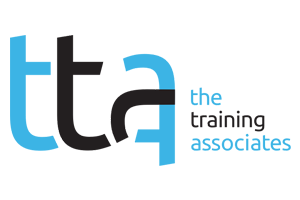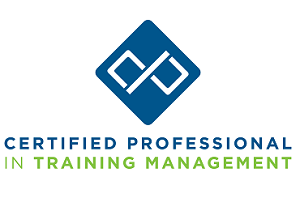“Josh might not graduate high school — and don’t count on college.”
From the age of seven, teachers told my parents that I would never be able to pursue higher education because I have dyslexia, attention-deficit/hyperactivity disorder (ADHD) and dyscalculia. I am, like an estimated 20% of the population, neurodivergent — a person who differs in mental/neurological function from what is considered “normal” or neurotypical. Fortunately, a ninth-grade teacher noticed my creativity and leadership skills and encouraged me to continue working hard at my schoolwork. He knew I had a bright future ahead of me. From that moment on, I realized I could flip my perspective and focus on my strengths, rather than my deficits.
Still, I wasn’t comfortable showing my true self at work after graduating with a master’s degree. I worried that co-workers and managers would only focus on my shortcomings. And I wasn’t alone. Many neurodivergent people feel the need to “hide” their neurodivergence from employers due to persisting stigma.
It wasn’t until I started working at my current employer that I felt comfortable bringing my full self to work. Not only did my co-workers understand my background, but they embraced me for my unique perspective on the issues we work on day in and day out. I’ve grown a lot in the last seven years and now, I’m the vice president for technology learning and development at Synchrony, a consumer financial services company. Although my experience being fully accepted in my workplace may seem unique, there are many ways for employers to embrace neurodivergent employees in the workplace — and ways that learning and development (L&D) can help be part of the solution.
While it’s hard to give a one-size-fits-all approach, here’s some recommendations:
- Reconsider hiring approaches: It’s been reported that unemployment for neurodiverse adults runs as high as 30-40%,which is three times the rate for people with a disability, and eight times the rate for people without disabilities. To combat this statistic, when training hiring managers, encourage them to get rid of timed tests during the interview process, ditch long application forms and think about a new hire as a “culture add” rather than a “culture fit.”
- Tap into existing education platforms that support employers in their neuro-inclusion journeys: Many workplaces still don’t have a high level of awareness and understanding about what being “neurodivergent” means, which is why company-wide training and awareness is critical. For example, I helped create a first-of-its-kind training program with the University of Connecticut’s Center for Neurodiversity and Employment Innovation (CNDEI) to equip executives, managers, teams and human resources (HR) and talent development professionals with neurodiversity training and tools to support these individuals in the workforce. Other programs like those offered by A Brighter Tomorrow and the Service Skills’ Neurodiversity at Work Training Series are also working to support neurodivergent employees and drive awareness in the workplace.
- Make it safe for people to “come out” as neurodivergent: Neurodivergent people may feel uncomfortable bringing their full self to work, especially when it means they may not be able to do their job without assistance (e.g., needing different technology or other accommodations). Organizations can combat this fear by supporting a people-first mentality through psychological safety training and other people-first training initiatives. By embracing a diverse, inclusive workforce and normalizing self-care and mental health, employees will be more apt to speak up for what they need to perform at their best.
- Ask for feedback: The best way to know whether your approach to training and/or managing neurodiverse employees is working? Ask them! I constantly ask for feedback on the inclusion practices at my organization, and how they might be updated to include more support.
As Judy Reilly, director of CNDEI, explains, “It is critical for companies to understand the advantages that neurodiverse people bring to the workplace….These employees bring a different point of view, are great at problem solving and tend to be quite loyal to their employers, meaning they are more likely to stay in a job for the long run.”



